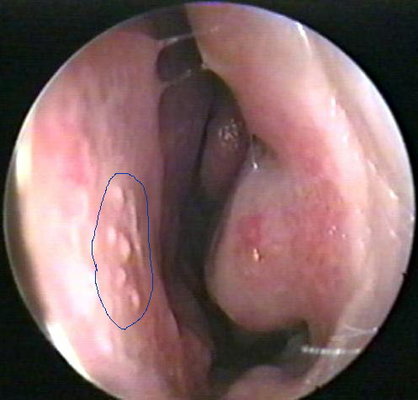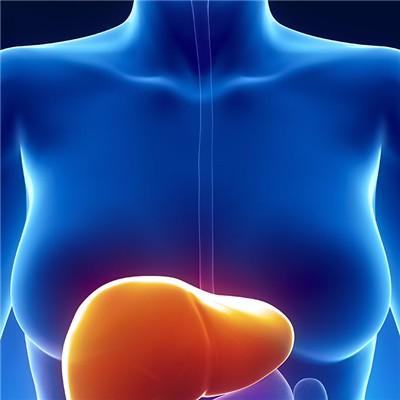What is the manifestation of aortopulmonary septal defect?
summary
Aortopulmonary septal defect or aortopulmonary window is a rare congenital macrovascular malformation. According to stansel's statistics in 1977, less than 100 cases have been reported in the literature. The defect or window is located between the ascending aorta and the common pulmonary artery. Its pathophysiological and clinical manifestations are similar to patent ductus arteriosus. Let's share my experience with you.
What is the manifestation of aortopulmonary septal defect?
The clinical manifestation mainly depends on the amount of shunt blood from aorta to pulmonary artery, and whether secondary pulmonary hypertension occurs and its degree. Because the diameter of defect is generally larger than that of patent ductus arteriosus, and the position of shunt is close to the viscera, many patients die of congestive heart failure in infancy or early childhood, and the survivors have palpitations, shortness of breath and fatigue, They are prone to respiratory infection and dysplasia,

In general, it is more prominent than patent ductus arteriosus. Systemic cyanosis occurs in patients with severe late pulmonary hypertension and reverse shunt (rather than lower body cyanosis in patients with patent ductus arteriosus and pulmonary hypertension). Since the wide application of antibiotics, endarteritis has been rare.

During physical examination, continuous machine like murmur can be heard between the third and fourth ribs on the left edge of sternum. If there is obvious pulmonary hypertension, only systolic murmur can be heard. The murmur is generally louder and shallower than patent ductus arteriosus. Tremor can be detected at the same part. The second sound of pulmonary artery is hyperechoic or accompanied by the murmurmur of pulmonary valve insufficiency (Graham steell murmur), Diastolic murmur caused by tricuspid relative stenosis can be heard at the apex of the heart. Due to the widening of pulse pressure, there are signs such as water rushing pulse, shooting sound of femoral artery and capillary pulsation. The degree of murmur is more obvious than that of patent ductus arteriosus.

matters needing attention
This disease is congenital macrovascular malformation, so there is no effective preventive measures at present. It should be found, diagnosed and treated early. The diet is light and nutritious. Pay attention to the balanced diet. Avoid spicy irritants. Many patients died of congestive heart failure in infancy or early childhood. Survivors of heart palpitation, shortness of breath and fatigue are prone to respiratory infection and dysplasia. In the late stage of pulmonary hypertension, systemic cyanosis occurs when reverse shunt occurs. This disease is often combined with other congenital heart malformations, such as atrial septal defect.


















